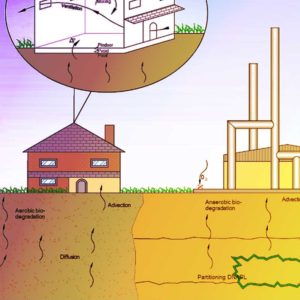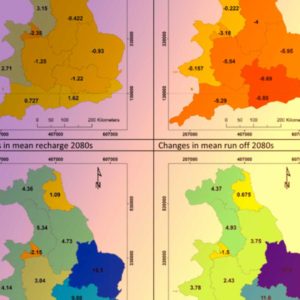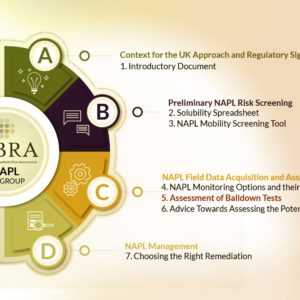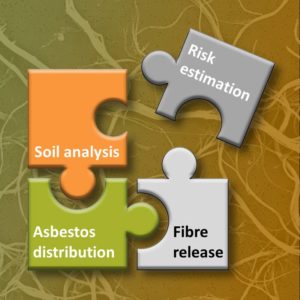Issue Date: September 2022

Guidance Notes for Assessment in Contaminated Land Scenarios in the UK
Following the recommendations of the SoBRA Summer 2017 workshop and the publication of the SoBRA Groundwater Vapour Generic Assessment Criteria (GACgwvap), SoBRA has now published a series of accessible and concise practitioners’ guides to support informed decision making with respect to vapour intrusion (VI) risk assessment within the UK. It is acknowledged that there is already an extensive portfolio of existing industry guidance available both within the UK and internationally in relation to VI risk assessment, nevertheless, these practitioners’ guides aim to provide high level summaries of the existing guidance, covering key aspects of VI risk assessment and include signposting to the relevant published industry documents for more detailed information, where required.
The topics covered by the SoBRA practitioners’ guides published comprise:
1A. Conceptual site model development for assessment of VI contaminant linkages in the UK
1B. Benefits of soil vapour sampling for assessment of VI risks



